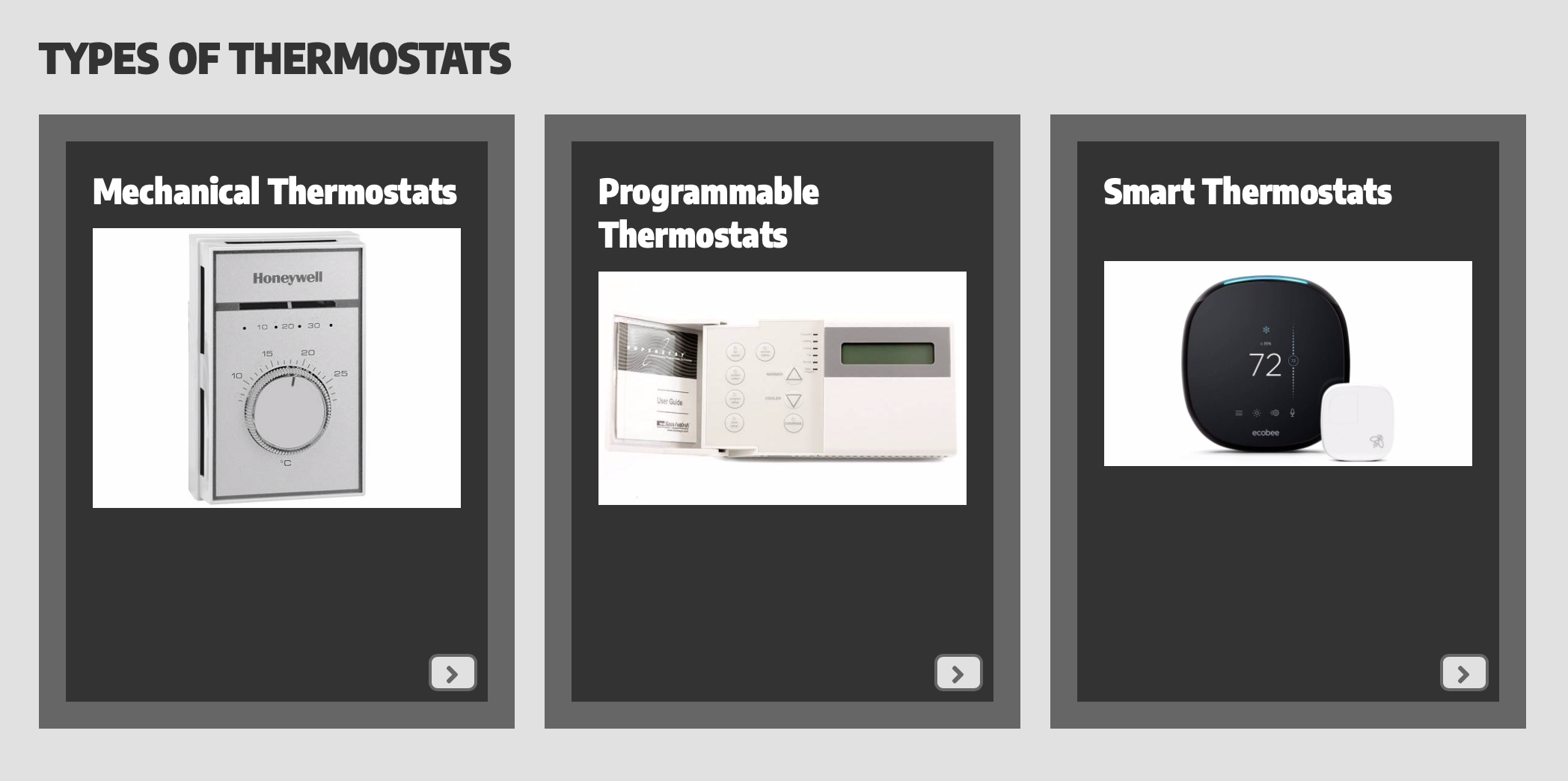
By Kelsie Rae Patten, student in the Anthropocene Now Honors Praxis Lab
We’re all familiar with the need to reduce carbon emissions in our warming world. We’re told to get solar panels on our homes, drive less, and eat fewer carbon-intensive foods. These changes can require a lot of effort for small individual impacts, so not everyone feels inclined to participate. Alternatively, we push for institutional and infrastructural changes to initiate large-scale reductions of carbon pollution. But recognizing the scale and power of big polluters causes individuals to be far more reluctant to make personal changes—even if they do have direct positive consequences.
What if there was a behavioral change that requires little effort for a high impact? Adjusting one’s thermostat just a few degrees can result in considerable carbon reductions, especially when we act collectively. This is because heating and cooling account for 48 percent of home energy consumption, according to the U.S. Department of Energy. Thus, starting with thermostats is perhaps the most effective first step toward environmental responsibility in the home.
How effective is adjusting the thermostat? The Department of Energy estimates that each degree of thermostat adjustment per 8 hours results in 1 percent of savings. So, changing your thermostat 2 degrees closer to the outside temperature is something many people would barely even notice, but it can save 2 percent of home emissions each year. At 2 percent savings, the average American home saves 136 kilograms of carbon into the atmosphere. And if you can change your thermostat 7-10 degrees back while you sleep, you can achieve annual savings up to 10 percent or 680 kilograms of carbon.
This behavior is beneficial for individuals, but especially has the potential to be incredibly impactful with large-scale participation. For this reason, U students in the Anthropocene Now Honors Praxis Lab want to increase public awareness regarding thermostat use. The group is launching an education campaign to teach others about the potential energy savings and positive environmental impacts of reducing energy consumption from heating and cooling. The group also plans to teach members of the U community how to use their own personal thermostats.
At rebrand.ly/Thermostats-101, students from the Anthropocene Now lab have provided tutorials on how to identify and use the most common types of thermostats. A future marketing campaign will include social media posts and stickers that will be placed near every thermostat in certain campus buildings, particularly residence halls.
The greater purpose of this project is to reduce the University of Utah’s carbon footprint. The institution is already making major strides toward sustainability, such as purchasing more clean energy and improving infrastructure. However, behavioral changes must also be prioritized to ensure a clean and safe environment at the U. If all you had to do to achieve energy costs and carbon released into the atmosphere was put on a sweater in your home, would you do it?
This student project was supported by the Sustainability and Energy Management Office in Facilities Management, Sustainability Office, and the Kem C. Gardner Policy Insitute. Praxis Labs are hosted by the University of Utah Honors College and provide students opportunities to engage in their communities.
